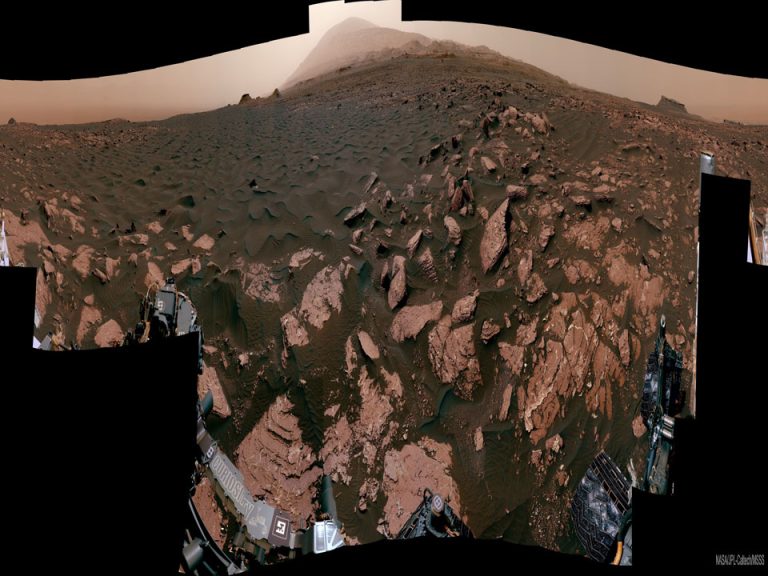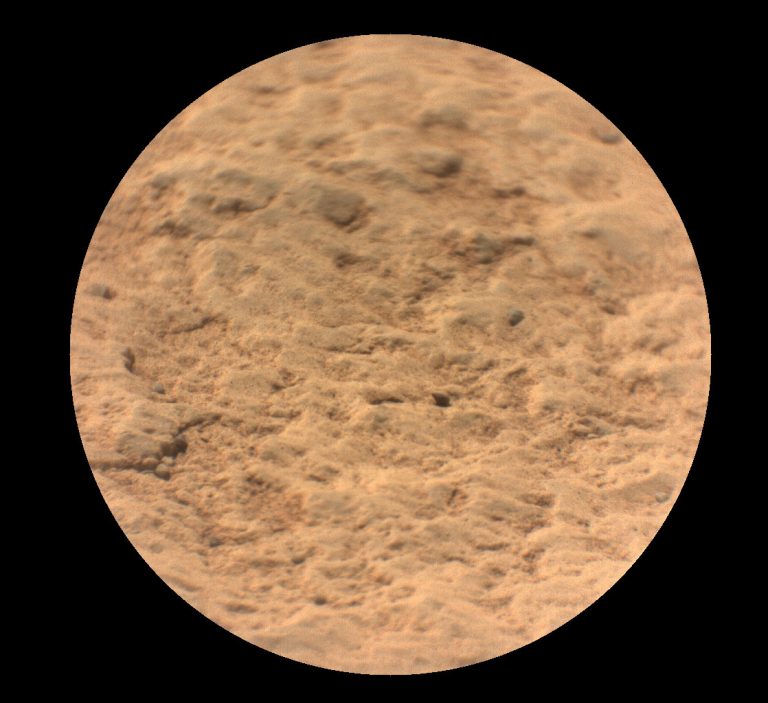2024年8月4日
Gaia: Here Comes the Sun
Credit: Galaxy Illustration: N. Risinger (skysurvey.org);
Star Data: Gaia Mission, ESA, A. S. Sellés (U. Heidelberg) et al.
Explanation: What would it look like to return home from outside our galaxy? Although designed to answer greater questions, data from ESA’s robotic Gaia mission is helping to provide a uniquely modern perspective on humanity’s place in the universe. Gaia orbits the Sun near the Earth and resolves stars’ positions so precisely that it can determine a slight shift from its changing vantage point over the course of a year, a shift that is proportionately smaller for more distant stars — and so determines distance. In the first sequence of the video, an illustration of the Milky Way is shown that soon resolves into a three-dimensional visualization of Gaia star data. A few notable stars are labelled with their common names, while others stars are labelled with numbers from a Gaia catalog. Eventually, the viewer arrives in our stellar neighborhood where many stars were tracked by Gaia, and soon at our home star Sol, the Sun. At the video’s end, the reflective glow of Sol’s third planet becomes visible: Earth.
Tomorrow’s picture: Milky Way Tunisia
盖亚号: 太阳到啰
影像提供: 星系图示: N. Risinger (skysurvey.org);
恒星数据: Gaia Mission, ESA, A. S. Sellés (U. Heidelberg) et al.
说明: 从银河系外返航时会见到那些景观?虽然是设计来回答一些更宏大的问题,但是欧洲航天局的盖亚号任务最近取得的数据,却能提供关于人类在宇宙中位置的独特当代视角。盖亚号在地球附近绕行 太阳,它能无比精准的解析恒星位置,所以它在一年之间随着观测位置的改变,就能见到恒星的位置发生微小偏移;随着恒星距离渐次增加,其偏移量也会随之等比例减少,因此可用来定距。在上面这则影片的开头,银河系的图示很快的就分解成盖亚号恒星数据的三维视觉化影像。其中,少数较明亮的恒星以常见的星名加以标示,其他则是带着盖亚星表的编录号。最后,观察者见到了我们的母星太阳(Sol),接着影片再解析出它周围在散发反光的第三颗行星:地球。 (Gaia 盖亚)
明日的图片: Milky Way Tunisia







One Comment